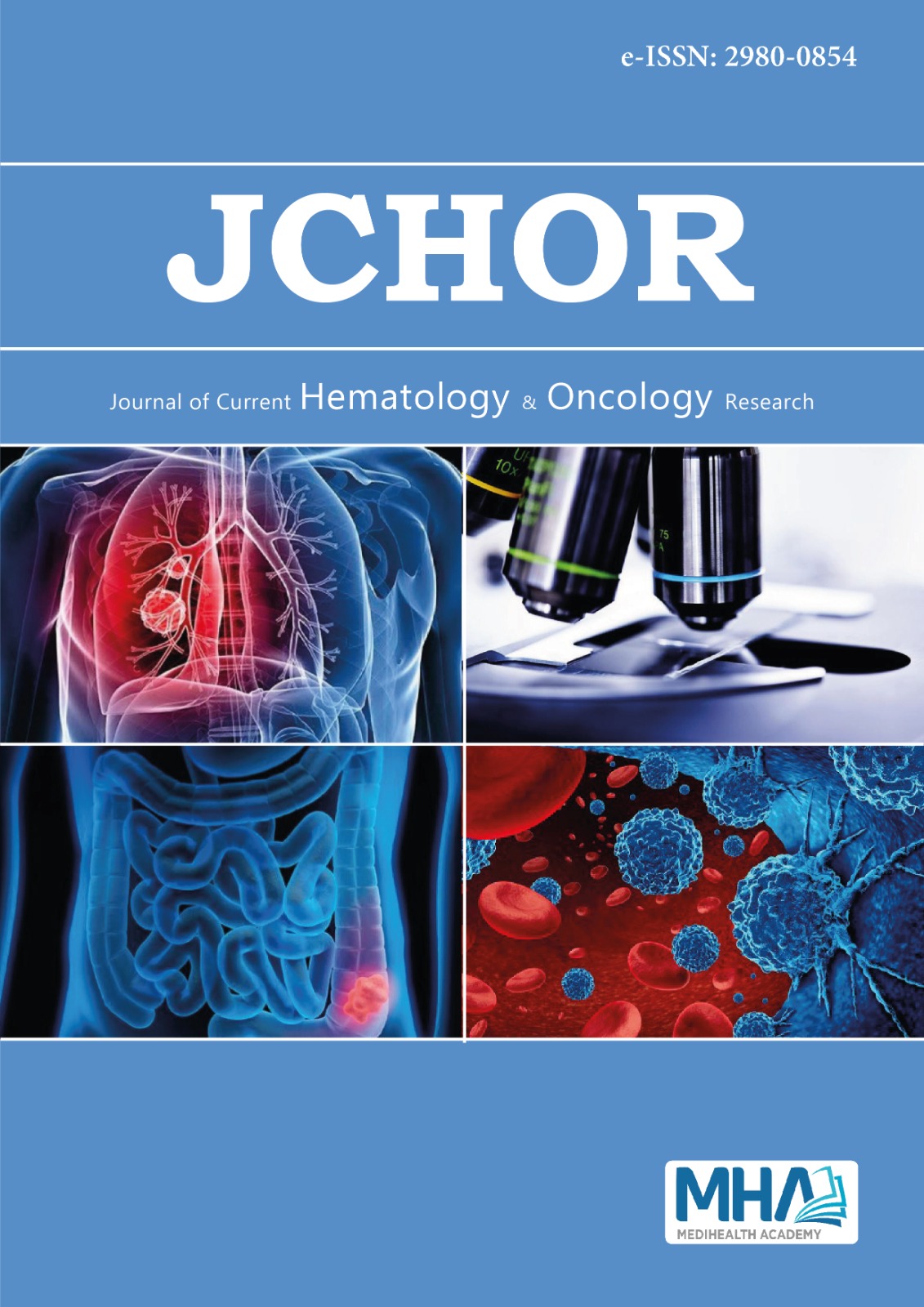1. Pang WW, Pluvinage JV, Price EA, et al. Hematopoietic stem cell andprogenitor cell mechanisms in myelodysplastic syndromes. ProceedNation Acad Sci. 2013;110(8):3011-3016.
2. Moreno Berggren D, Folkvaljon Y, Engvall M, et al. Prognostic scoringsystems for myelodysplastic syndromes (MDS) in a population-basedsetting: a report from the Swedish MDS register. Br J Haematol. 2018;181(5):614-627.
3. Greenberg P, Hoffman R, Benz E, Shattil S. The myelodysplasticsyndromes. Basic Principles and Practice. 3rd ed. Churchill Living-stone: 2000.
4. Campo E, Swerdlow SH, Harris NL, Pileri S, Stein H, Jaffe ES. The2008 WHO classification of lymphoid neoplasms and beyond: evolvingconcepts and practical applications. Blood. 2011;117(19):5019-5032.
5. van Spronsen MF, Ossenkoppele GJ, Holman R, van de LoosdrechtAA. Improved risk stratification by the integration of the revisedinternational prognostic scoring system with the myelodysplasticsyndromes comorbidity index. Eur J Cancer. 2014;50(18):3198-3205.
6. Groupe Francais de Morphologie Hematologique. French registry ofacute leukemia and myelodysplastic syndromes. Age distribution andhemogram analysis of the 4496 cases recorded during 1982-1983 andclassified according to FAB criteria. Cancer. 1987;60(6):1385-1394.
7. Naqvi K, Jabbour E, Bueso-Ramos C, et al. Implications of discrepancyin morphologic diagnosis of myelodysplastic syndrome betweenreferral and tertiary care centers. Blood. 2011;118(17):4690-4693.
8. Della Porta MG, Malcovati L, Strupp C, et al. Risk stratification basedon both disease status and extra-hematologic comorbidities in patientswith myelodysplastic syndrome. Haematologica. 2011;96(3):441-449.
9. Goldberg SL, Chen E, Corral M, et al. Incidence and clinicalcomplications of myelodysplastic syndromes among United StatesMedicare beneficiaries. J Clin Oncol. 2010;28(17):2847-2852.
10. Sekeres MA, Schoonen WM, Kantarjian H, et al. Characteristics of USpatients with myelodysplastic syndromes: results of six cross-sectionalphysician surveys. J Natl Cancer Inst. 2008;100(21):1542-1551.
11. Ma X, Lim U, Park Y, et al. Obesity, lifestyle factors, and risk ofmyelodysplastic syndromes in a large US cohort. Am J Epidemiol.2009;169(12):1492-1499.
12. Abel GA, Efficace F, Buckstein RJ, et al. Prospective internationalvalidation of the Quality of Life in Myelodysplasia Scale (QUALMS).Haematologica. 2016;101(6):781-788. doi: 10.3324/haematol.2015.140335
13. Sant M, Allemani C, Tereanu C, et al. Incidence of hematologicmalignancies in Europe by morphologic subtype: results of theHAEMACARE project. Blood. 2010;116(19):3724-3734.
14. Bektas O, Uner A, Eliacik E, et al. Comparison of myelodysplasticsyndrome prognostic scoring systems. Turk J Haematol. 2016;33(2):119-126.
15. Della Porta MG, Tuechler H, Malcovati L, et al. Validation ofWHO classification-based Prognostic Scoring System (WPSS)for myelodysplastic syndromes and comparison with the revisedInternational Prognostic Scoring System (IPSS-R). A study of theInternational Working Group for Prognosis in Myelodysplasia (IWG-PM). Leukemia. 2015;29(7):1502-1513.
16. Montalban-Bravo G, Garcia-Manero G. Myelodysplastic syndromes:2018 update on diagnosis, risk-stratification and management. Am JHematol. 2018;93(1):129-147.
17. Hasserjian RP. Myelodysplastic syndrome updated. Pathobiol.2019;86(1):7-13.
18. Strapatsas J, Barbulescu EC, Lauseker M, et al. Influence of plateletcount at diagnosis and during the course of disease on prognosis inMDS patients. Ann Hematol. 2021;100(10):2575-2584.
19. Belohlavkova P, Vrbacky F, Smolej L, et al. Prognostic factors affectingthe outcome after allogeneic haematopoietic stem cell transplantationfor myelodysplastic syndrome. Leuk Res Rep. 2021;16:100274.
20. Çelik S, Kaynar L, Güven ZT, et al. The effect of danger-associatedmolecular patterns on survival in acute graft versus host disease. BoneMarrow Transplant. 2023;1-7.
21. Almeida A, Fenaux P, List AF, Raza A, Platzbecker U, Santini V. Recentadvances in the treatment of lower-risk non-del(5q) myelodysplasticsyndromes (MDS). Leuk Res. 2017;52:50-57.
22. Malcovati L, Hellstrom-Lindberg E, Bowen D, et al. Diagnosis and treatmentof primary myelodysplastic syndromes in adults: recommendations fromthe European LeukemiaNet. Blood. 2013;122(17):2943-2964.
23. Santini V, Giagounidis A, Pelligra CG, et al. Impact of lenalidomidetreatment on overall survival in patients with lower-risk, transfusion-dependent myelodysplastic syndromes. Clin Lymphoma Myeloma Leuk.2022;22(9):e874-e883.

